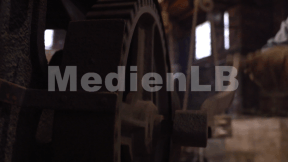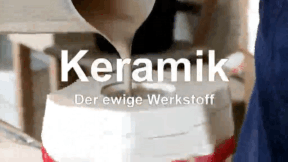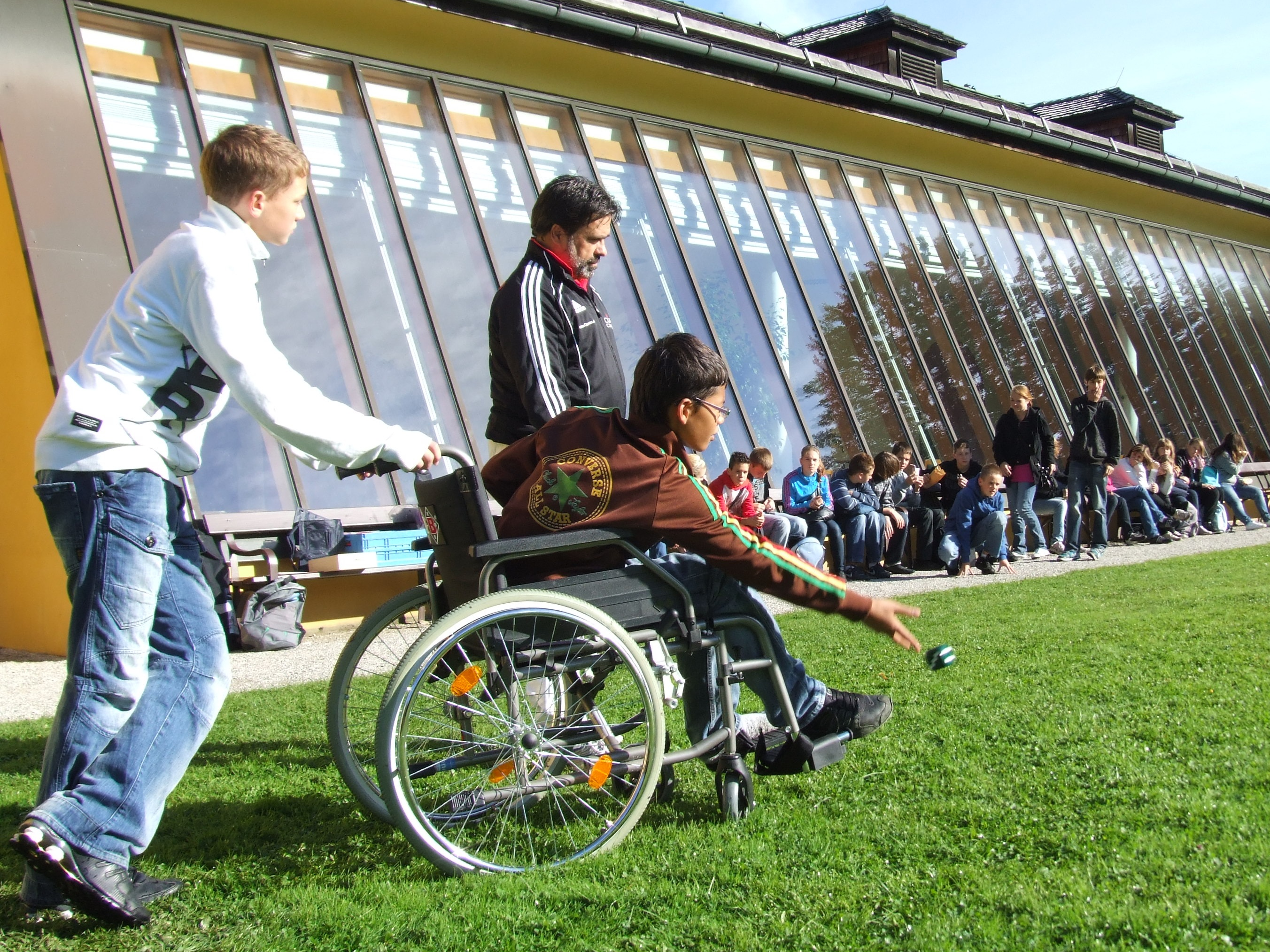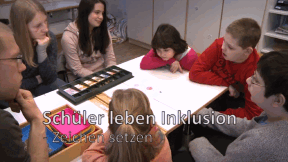 Biology
Biology


4662216 / 5552793
Microcosm
Unimaginably Small
We perceive the world we live in with our sense organs. However, perception with our senses represents only a limited part of the cosmos we live in. There is a world eluding the perception of our eyes. It exists hidden away for its cosmos is extremely small. The world of microcosm. This world is full of fascination and surprises. Up to the 1930s a deeper penetration into the microcosm was impossible. Only the invention of a new technology enabled us to render still smaller details of the microcosm visible to the human eye. A magnification of up to a thousandth millimetre has become possible. This film provides a profound insight into the microcosm. Rare pictures of mites, water bears and other creatures, made visible by means of various microscopes make the film an extraordinary experience. In addition, the DVD includes bonus material explaining the functions of the different microscopes with the help of diagrams. Due to the combination of the subjects of microcosm and microscopes, this DVD is perfectly suited for biology classes as well as physics lessons.
Play trailer
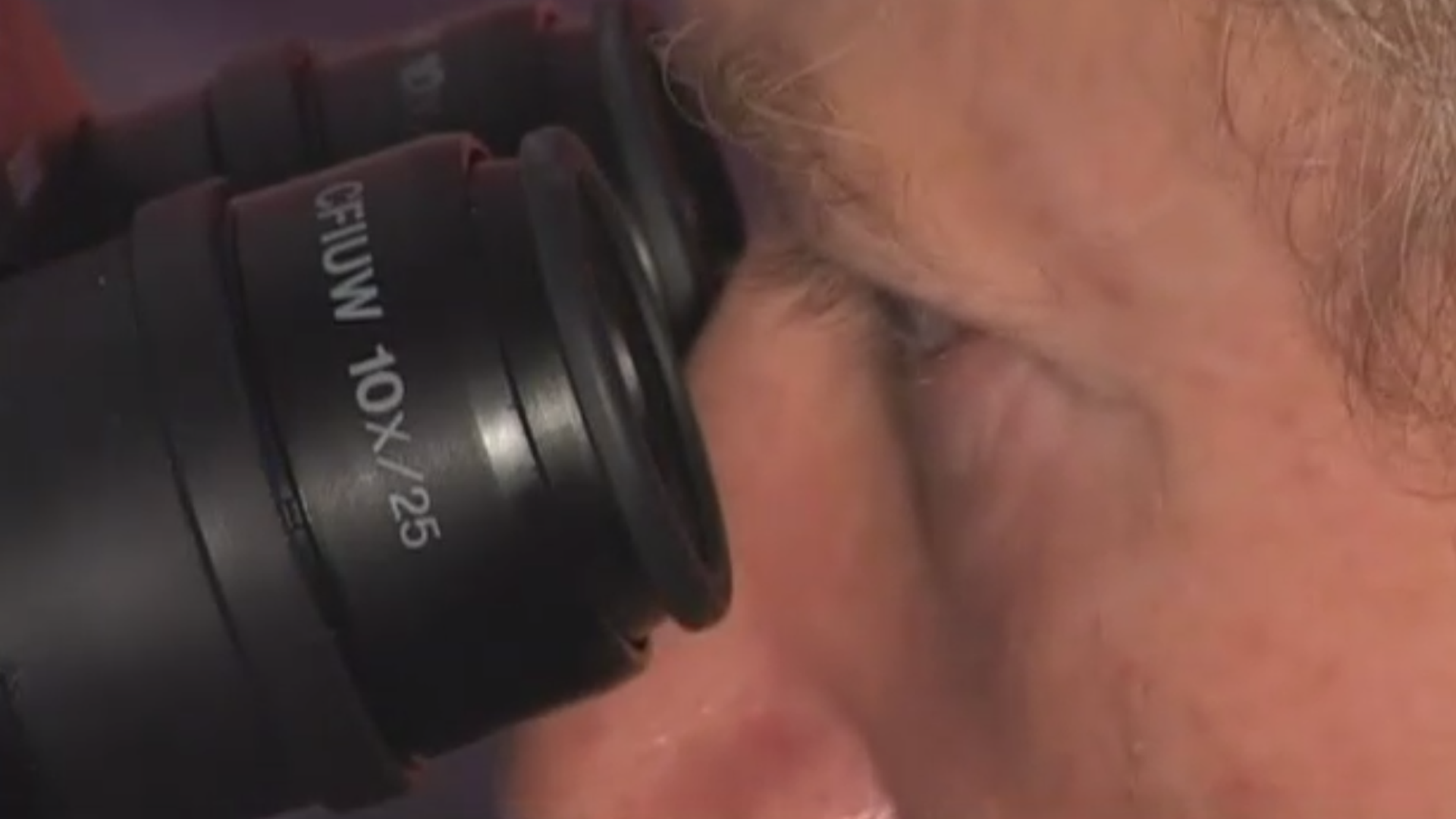
Curriculum-centred and oriented towards educational standards
Matching
Seal of approval
Quality seals such as the "Bio-Siegel", "Blauer Engel", "Stiftung Warentest" and up to 1,000 other seals represent characteristics such as sustainability, health or safety with regard to a product, a service or even a company.
Ceramic
Ceramics are indispensable in our everyday lives. We eat from ceramic plates, drink from ceramic cups, use tiled ceramic bathrooms. But how is ceramic manufactured? The film reveals the secrets of this fascinating material! We get to know more about the beginnings of ceramic in the Old World of Egypt and Mesopotamia, about Greece, China and Rome. We gain interesting insights into the valuable earthenware and are also shown the exquisite further development of the "white gold". Today this versatile material is irreplaceable in industry, too. Whether in space or as an easily compatible substitute in medicine, ceramic is applied in many places.





